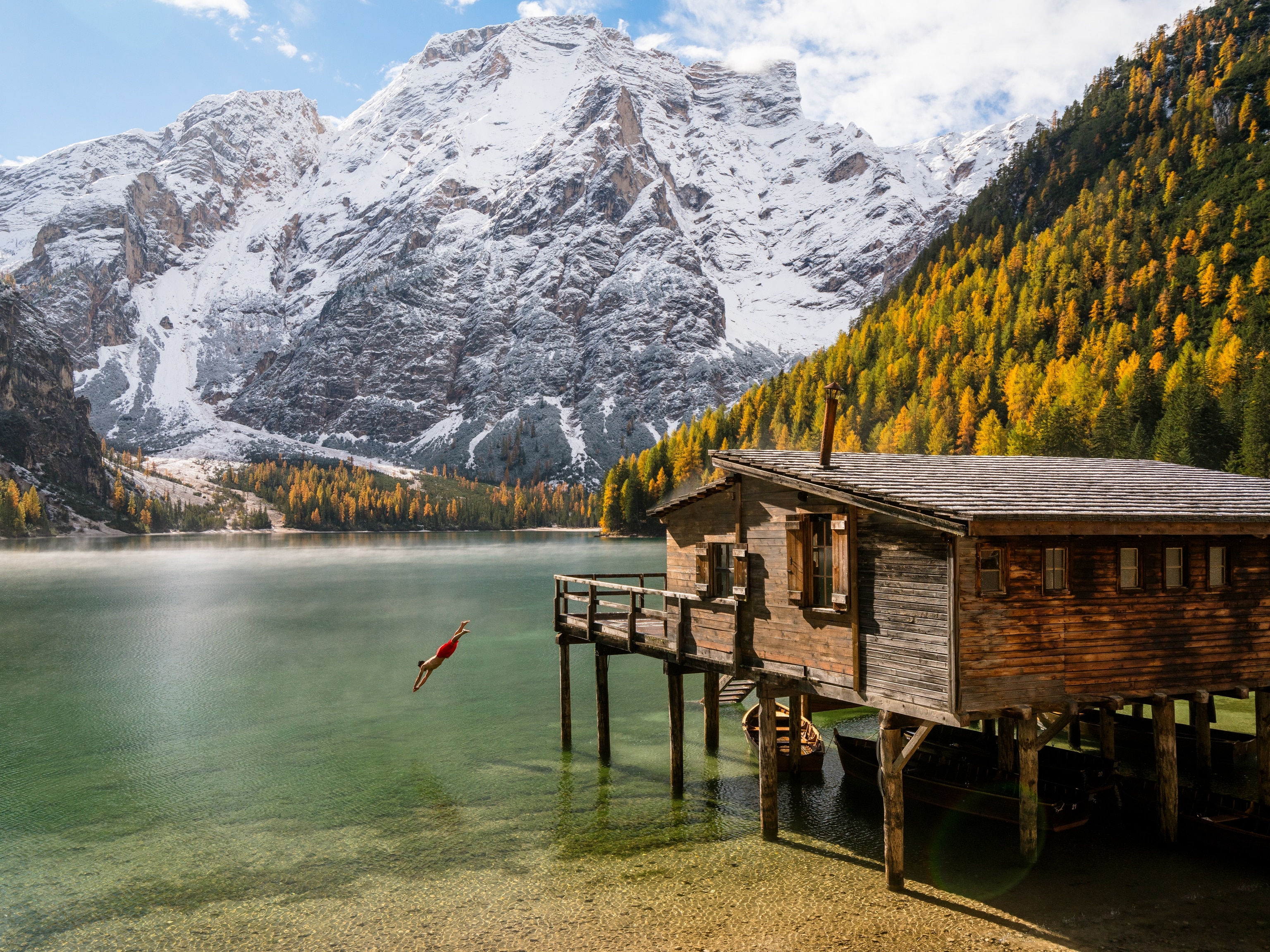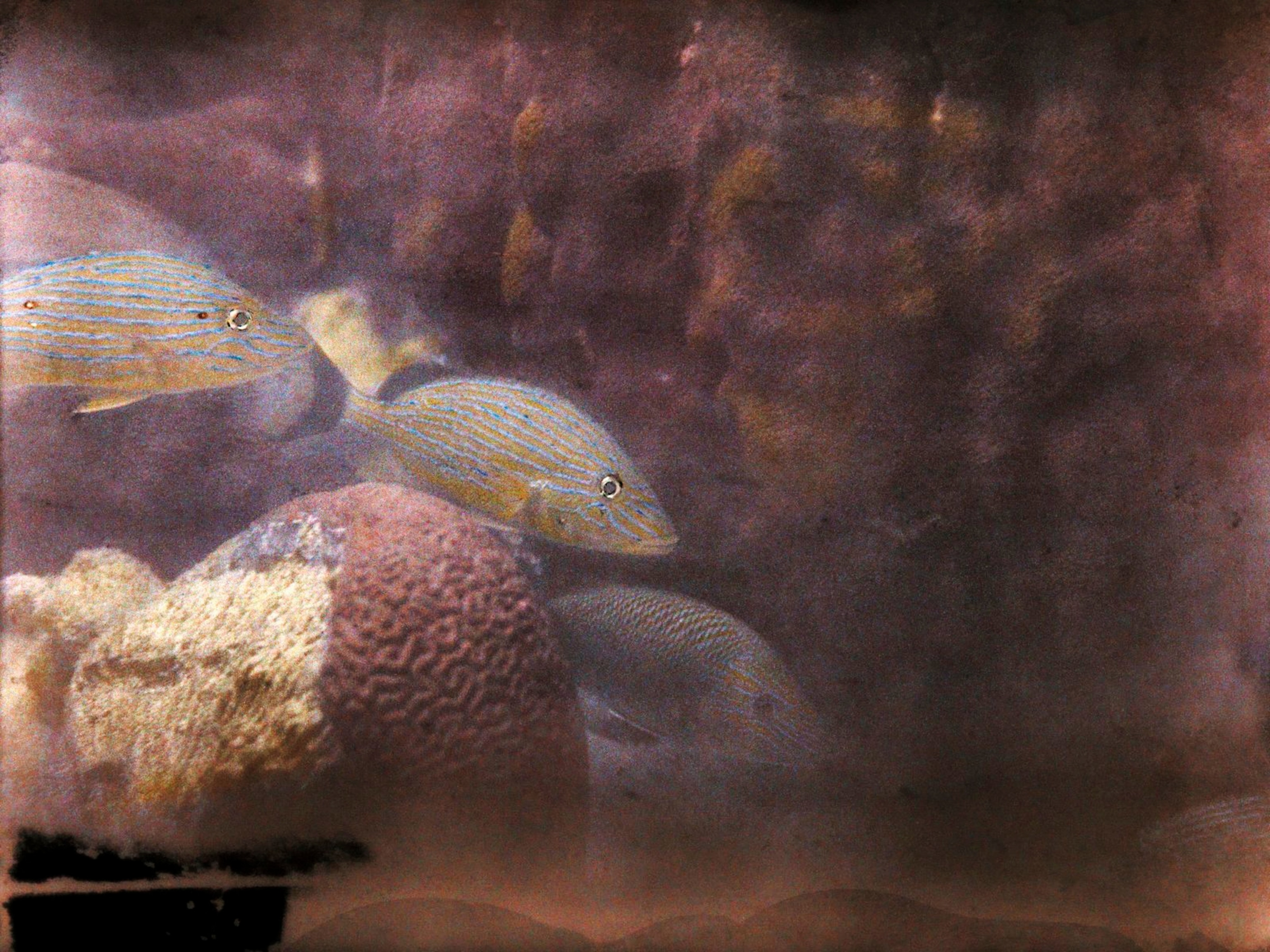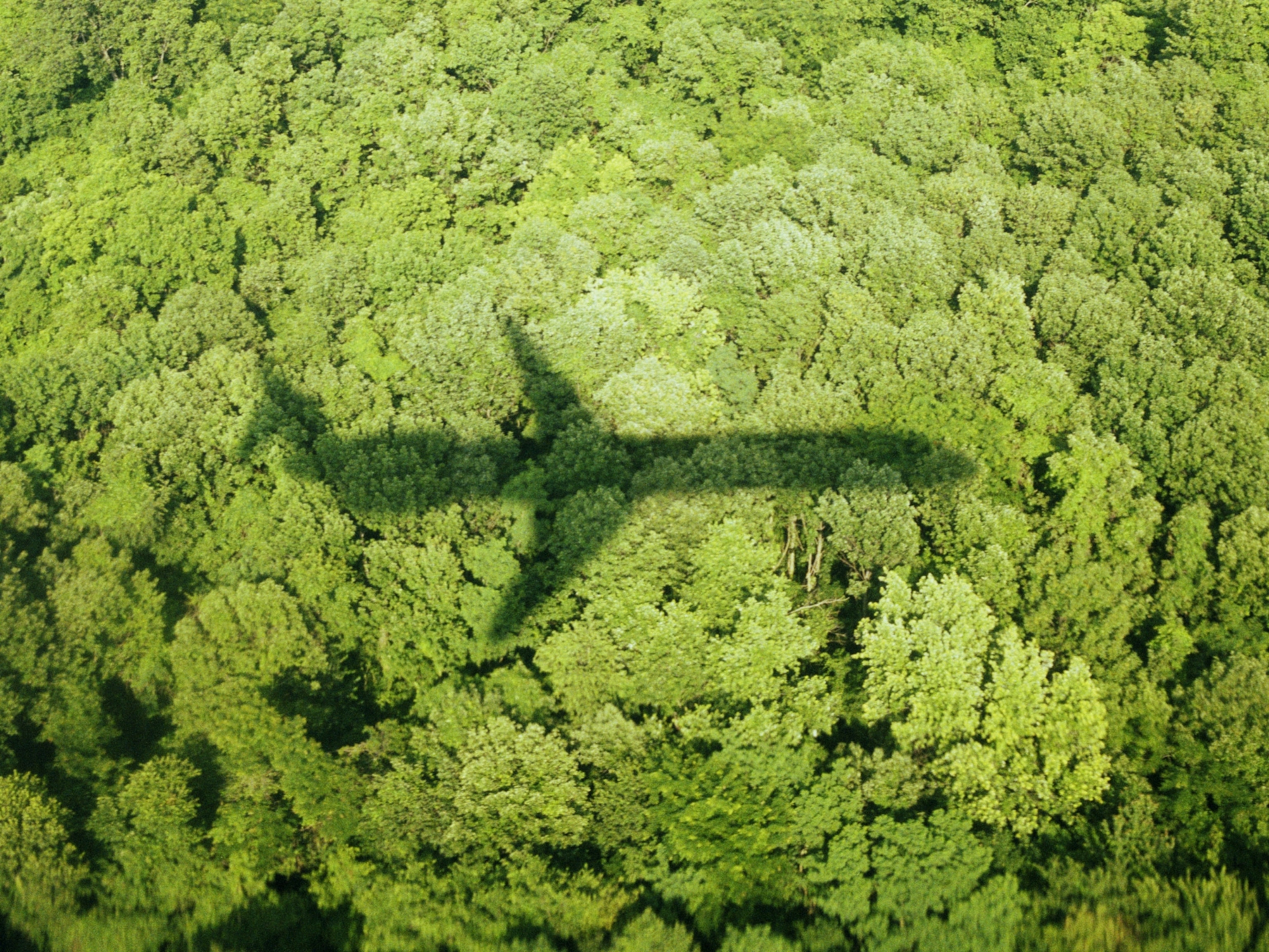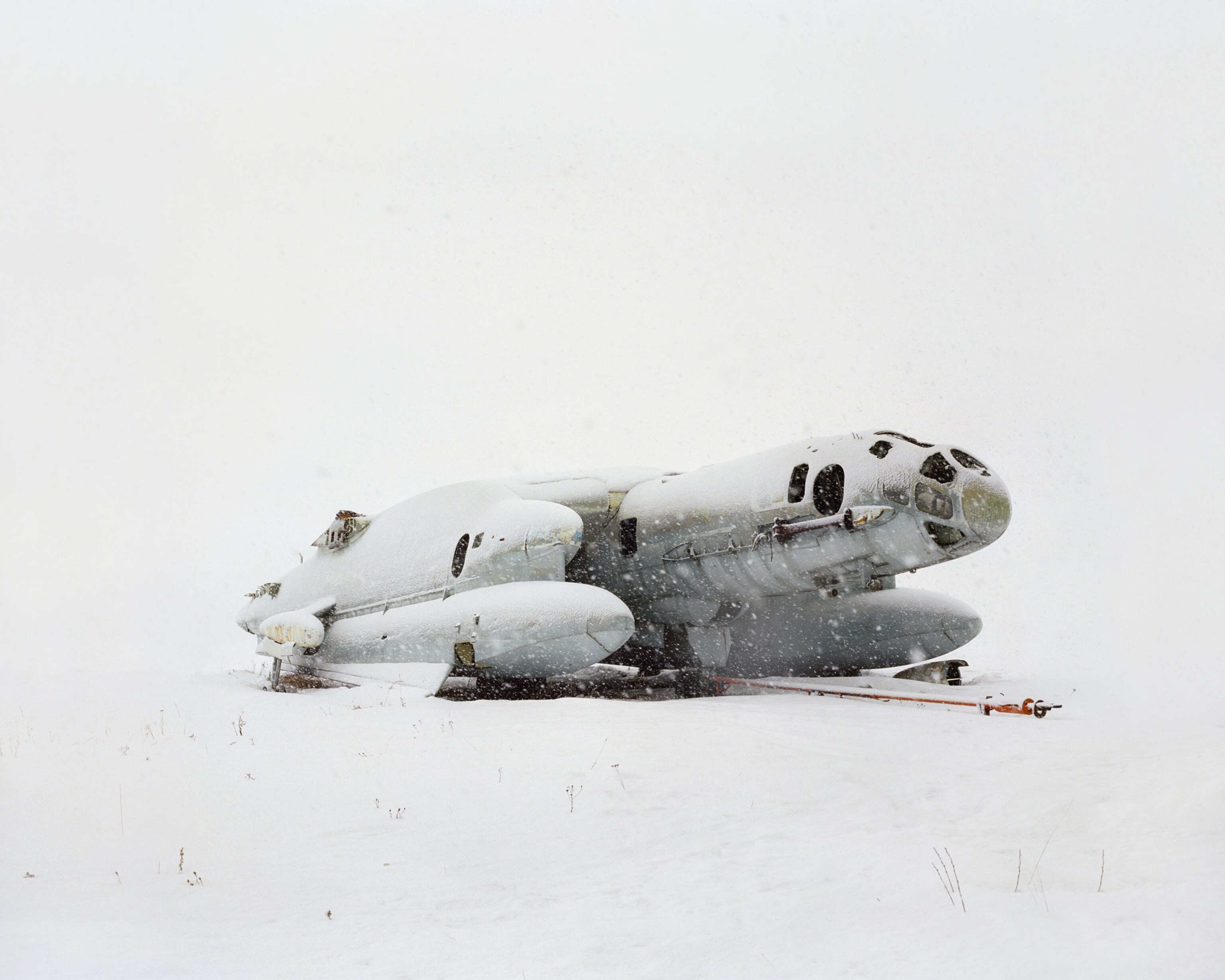
Remnants of a Failed Utopia in the Former Soviet Union
Sometimes, as he traveled through former Soviet territories, photographer Danila Tkachenko waited days or weeks for the right amount of snow. To capture his vision of the abandoned spaceports and oil field pump jacks littering the land, “I needed a lot of snow falling,” he says. “This created a special atmosphere in the photographs, a kind of … very diffused light.”

Other times, gusts whipped snow into blinding blizzards, obscuring what Tkachenko was determined to document: buildings, hardware, and monuments that once stood as symbols of progress and now were purposeless, rusting against the sky. To Tkachenko, these relics looked like “a metaphor of a postapocalyptic future.”
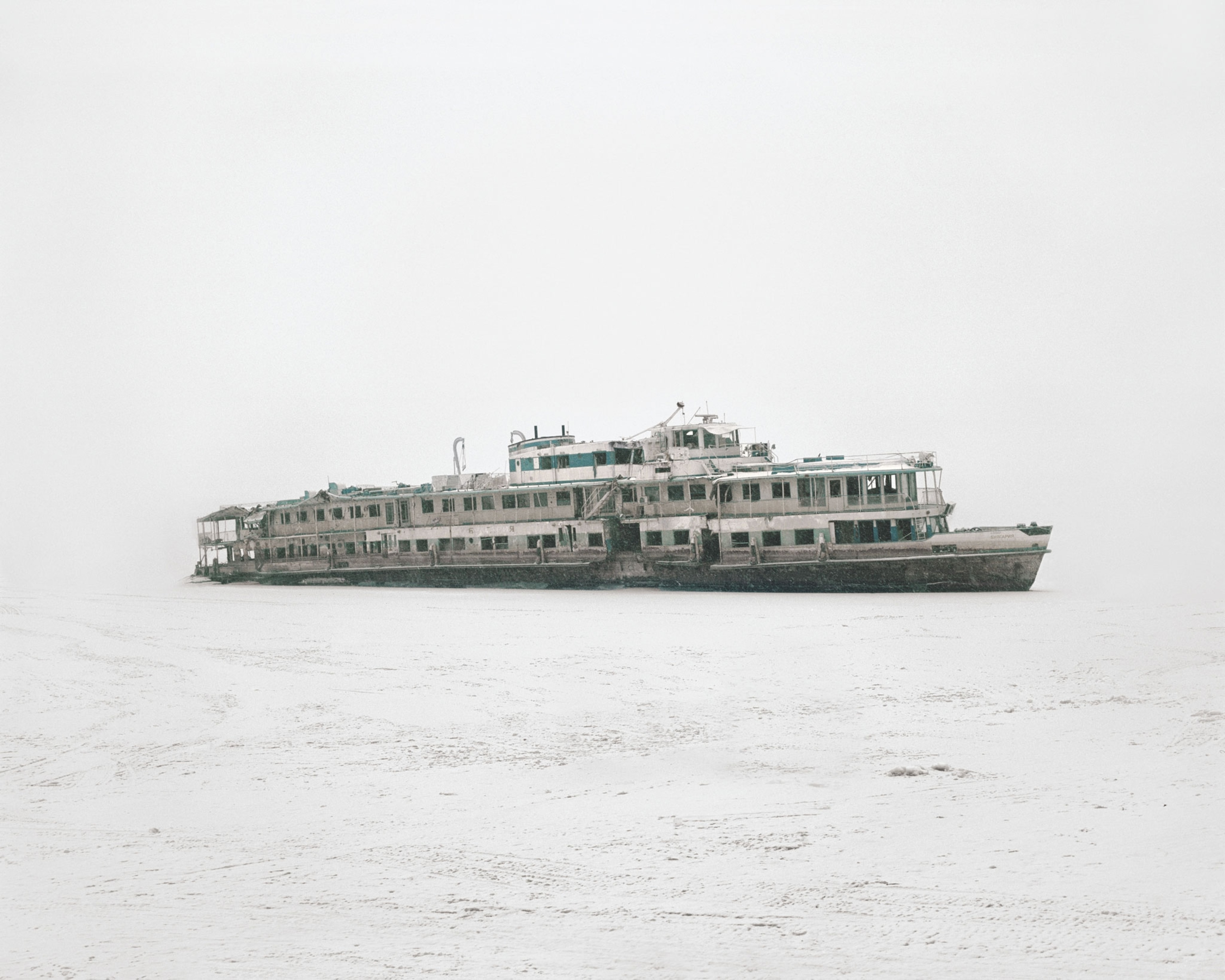
From 2012 to 2015 he spent months photographing them for a project he called “Restricted Areas.” The name came from the location where Tkachenko began work on the series. In 1957 a nuclear-waste tank exploded at a plutonium production facility, spewing radiation over a large area. The Soviets tried to keep the accident secret as they dealt with the contaminated villages. One was Ozyorsk, where residents were allowed to stay but entry was restricted to those who had a pass or had relatives living there.
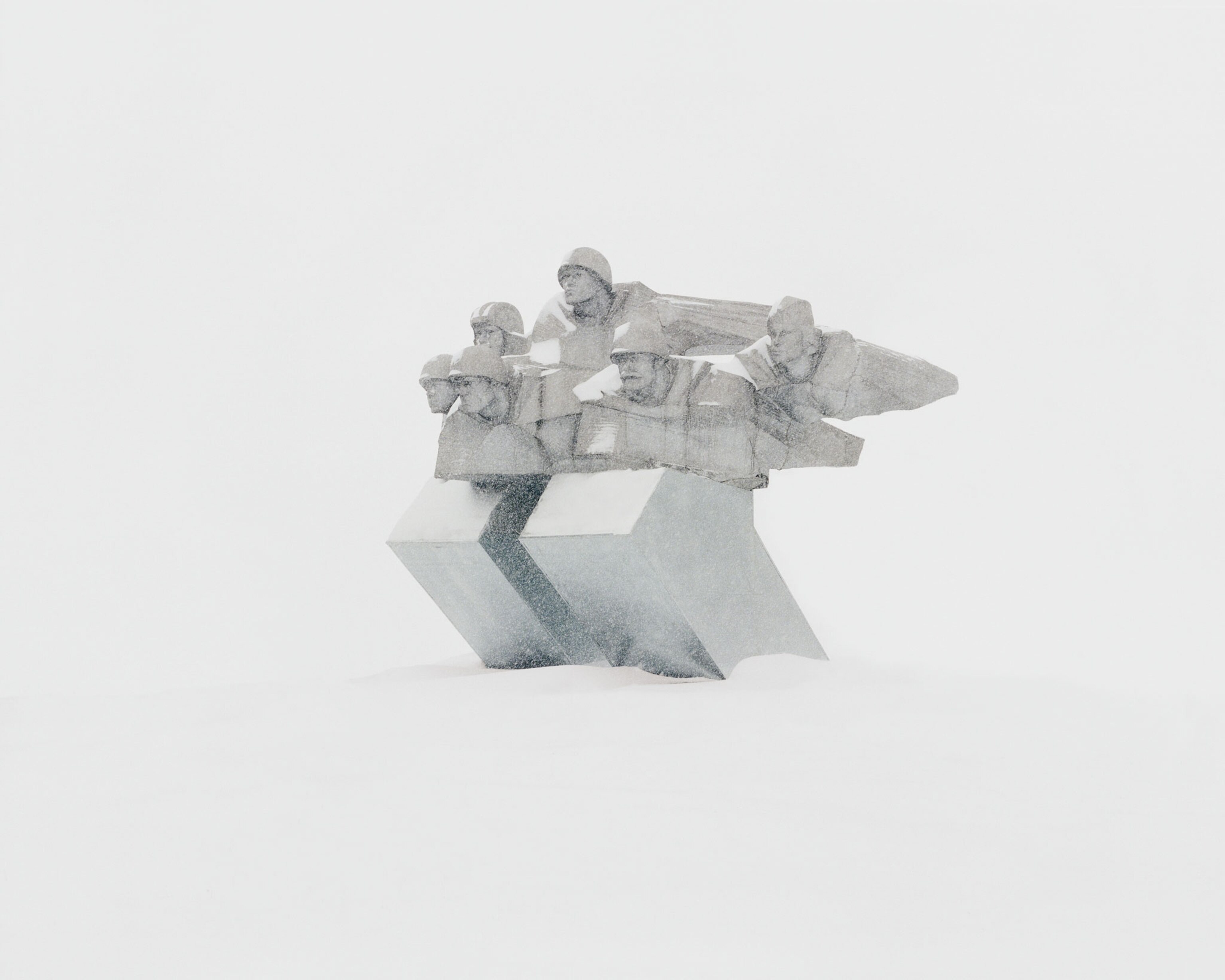
Tkachenko’s grandparents both lived in Ozyorsk until 2007, when his grandfather died from what the family says were the long-term effects of radiation. “This story, this fatality of progress, inspired me,” Tkachenko says. Since his grandmother still lived there, he visited the restricted city in 2012 and took photographs. Shooting in Ozyorsk prompted Tkachenko to look for other sites and structures that symbolized an abandoned march toward progress. He researched, pinpointed, and traveled through three former Soviet republics and Bulgaria to photograph “utopian gigantic constructions, which were left unfinished, or failed.”
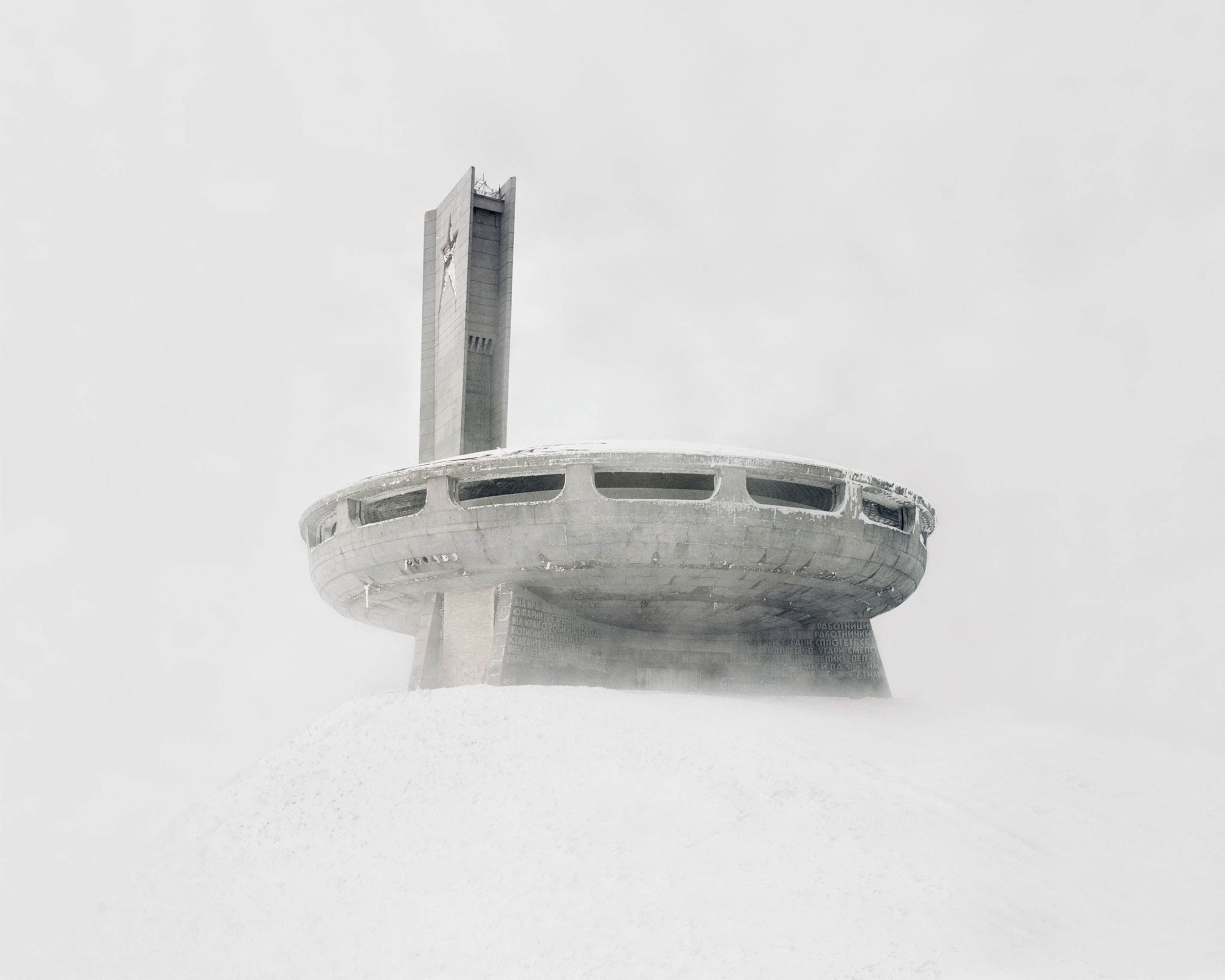
South of the town of Kazan, Russia, he photographed the decaying cruise ship Bulgaria. In July 2011, in a sudden storm, the boat sank in the Volga River, killing more than 120 people, many of them children. It had been raised from the bottom and towed to a riverbank for an investigation. There it remains, with a memorial nearby.
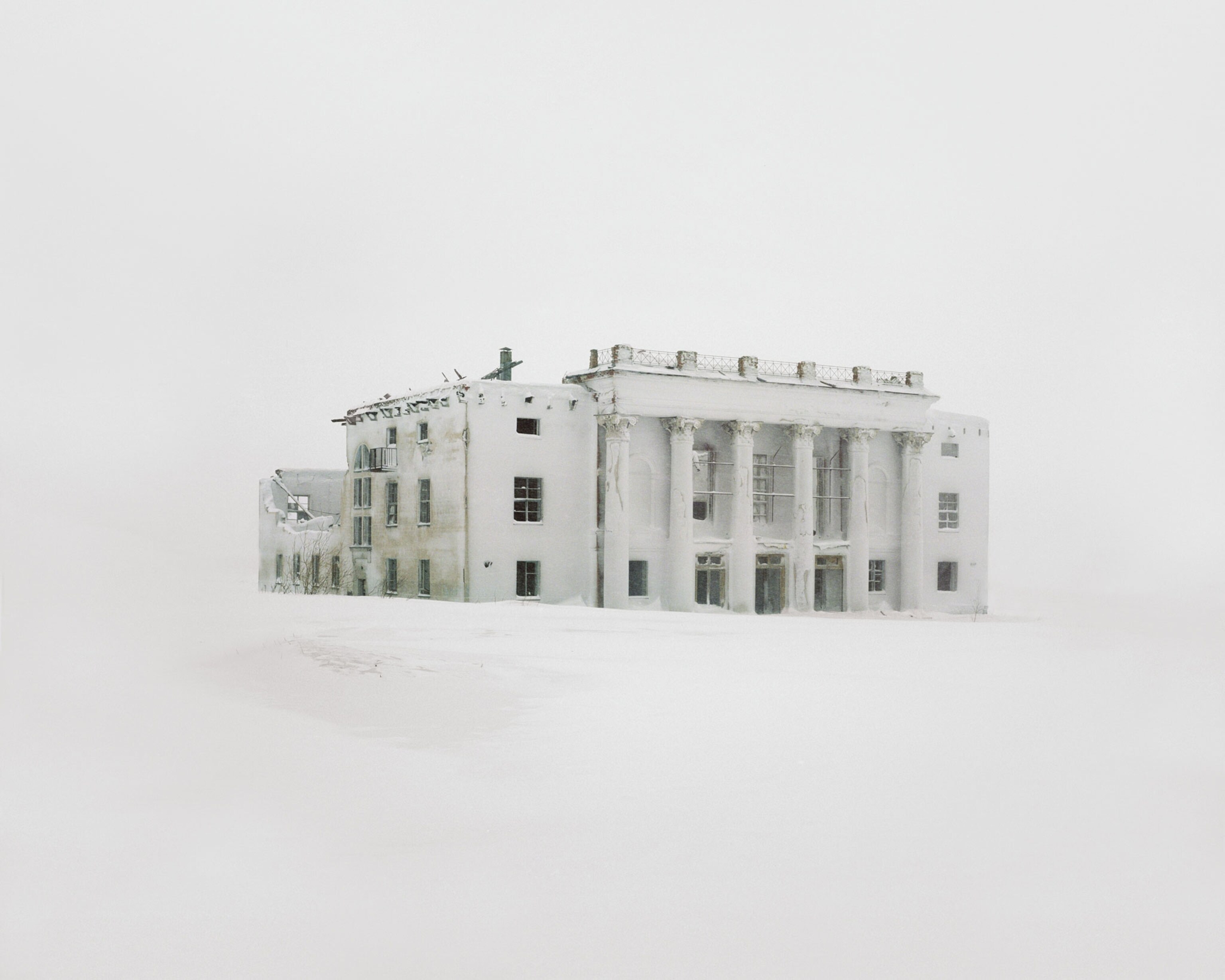
Tkachenko also visited a monument dedicated to “warrior liberators,” near the city of Voronezh. It was placed next to a nuclear plant in a bid to raise the spirits of employees, he was told. But construction was never completed; the plant never opened.
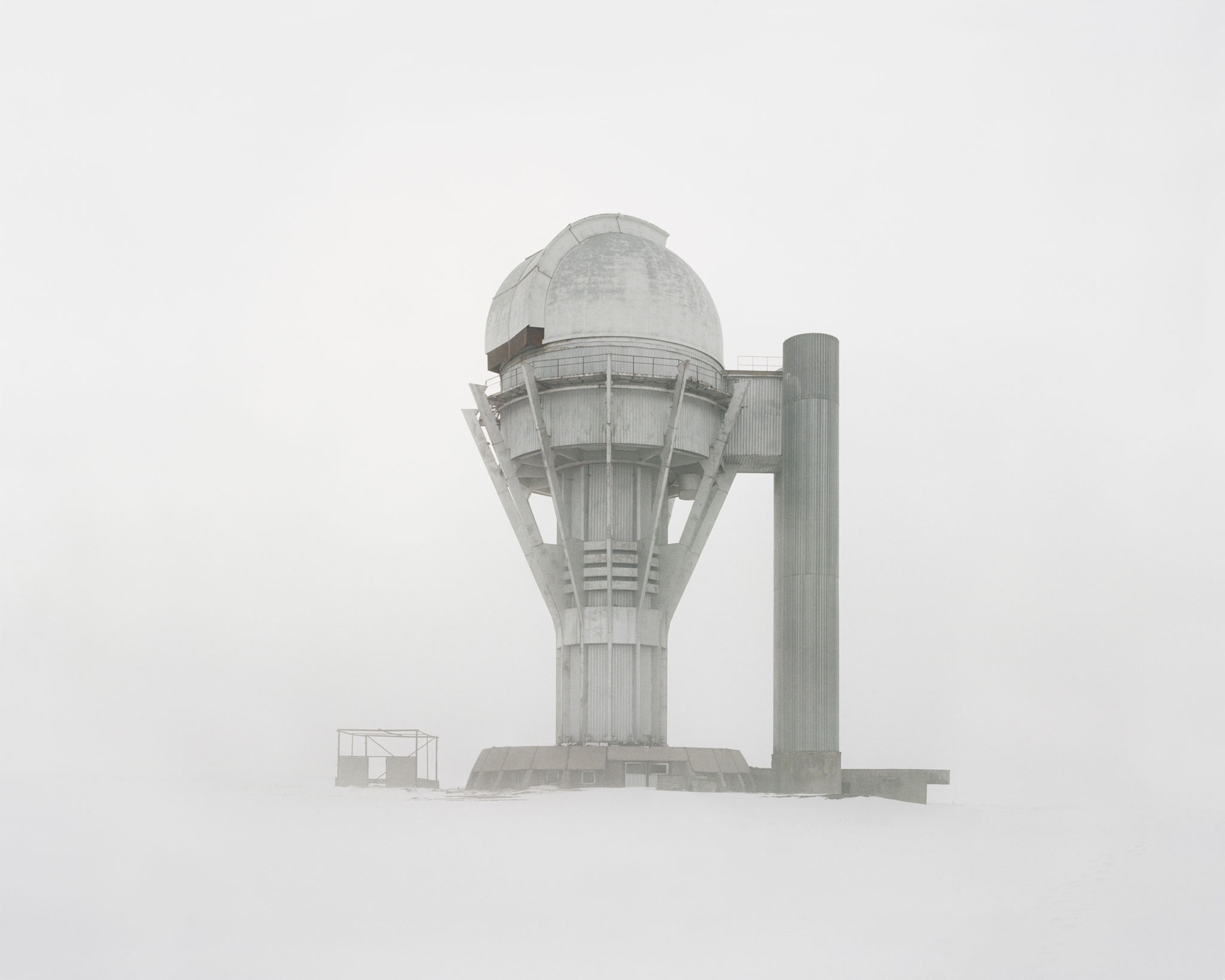
Tkachenko, 25, says he had no problems with security while photographing the sites. But his trips were not without risk, such as the chance of being exposed to radiation or being injured while exploring crumbling structures.
His project’s message is less about the failures of the former Soviet Union than about the failures of technology as a whole, Tkachenko says: “One can’t stop questioning the general thought that progress always serves the good of humanity.”
Danila Tkachenko’s photographs are featured in the December 2015 issue of National Geographic magazine. See more of his work on his website.

